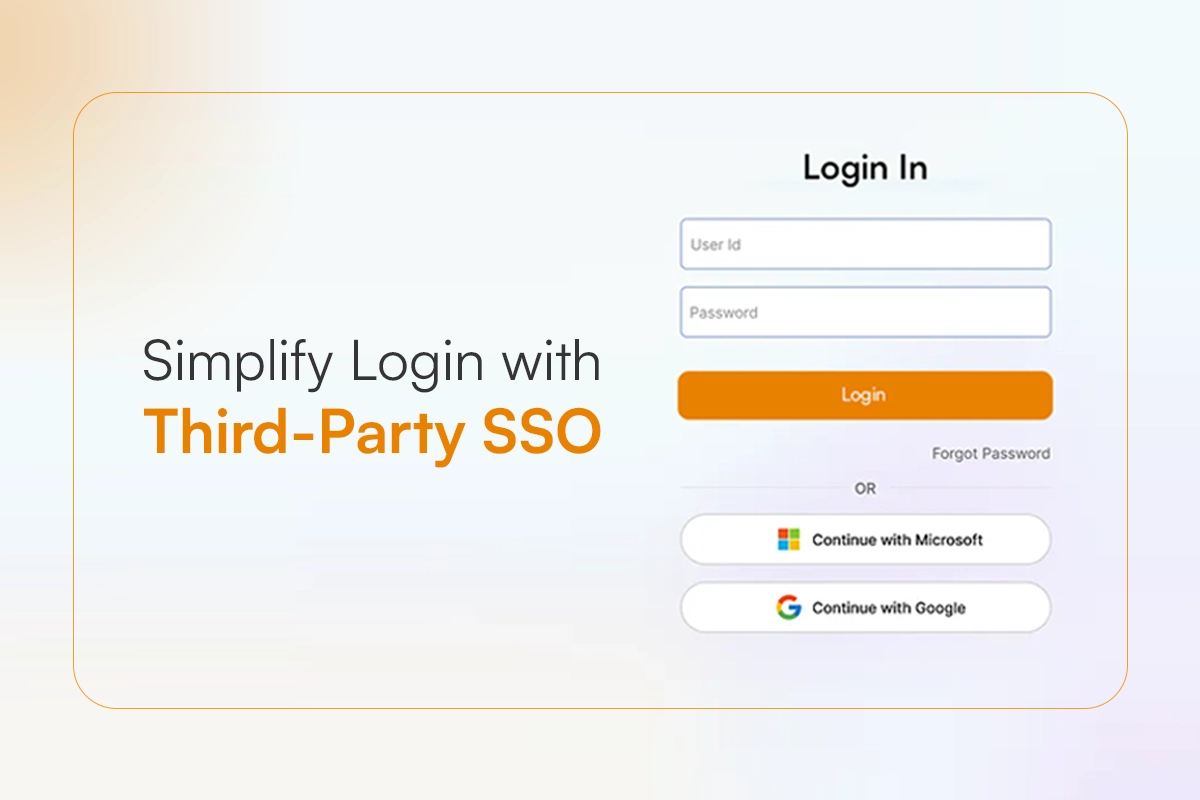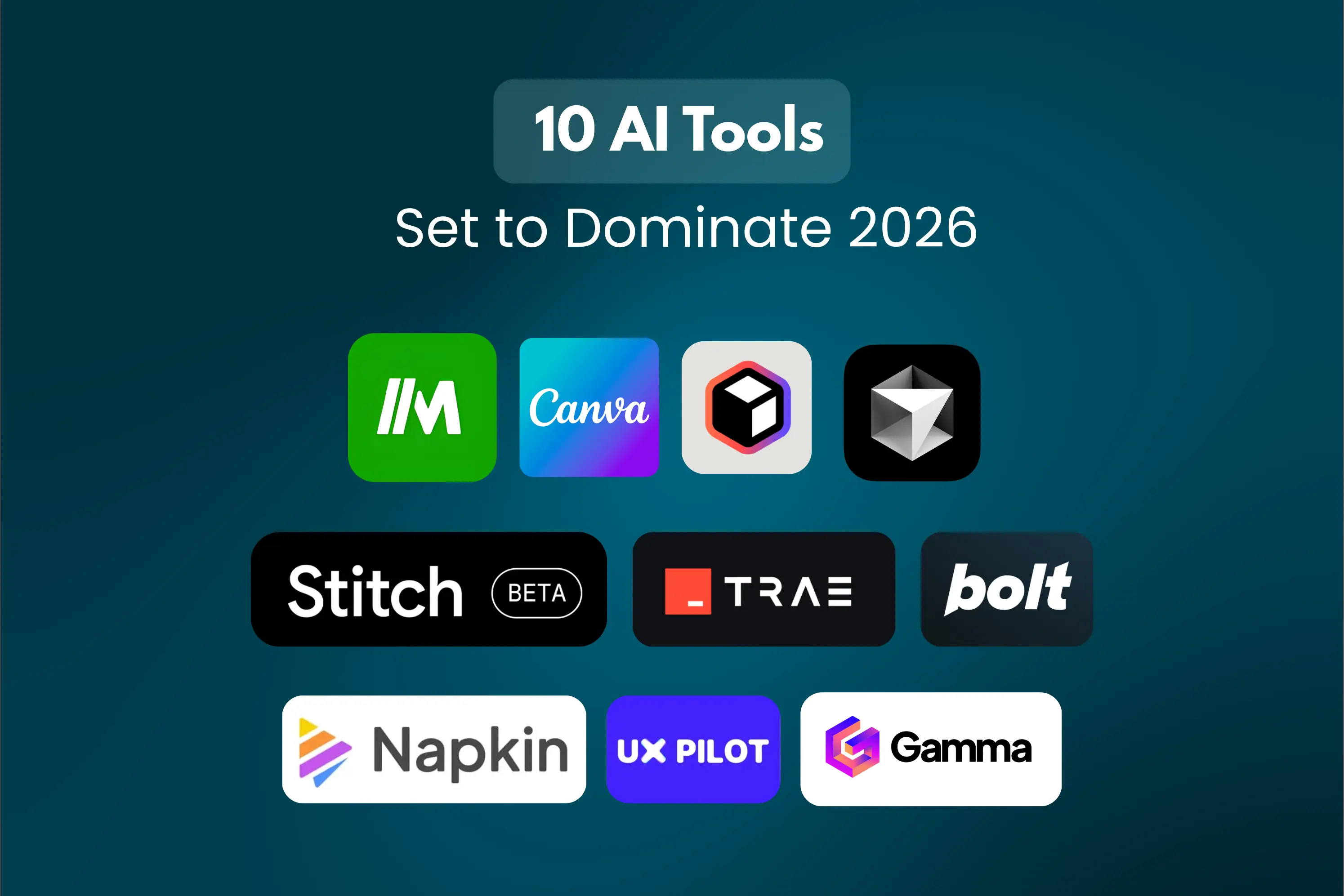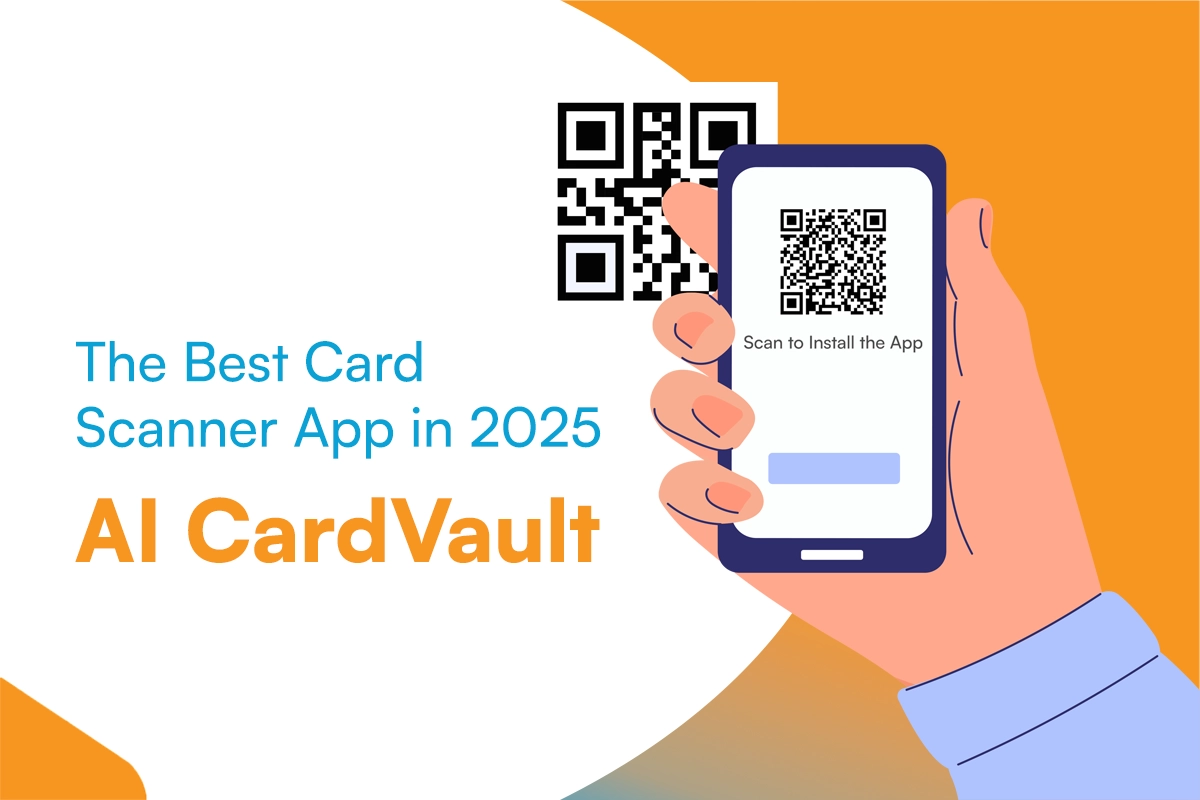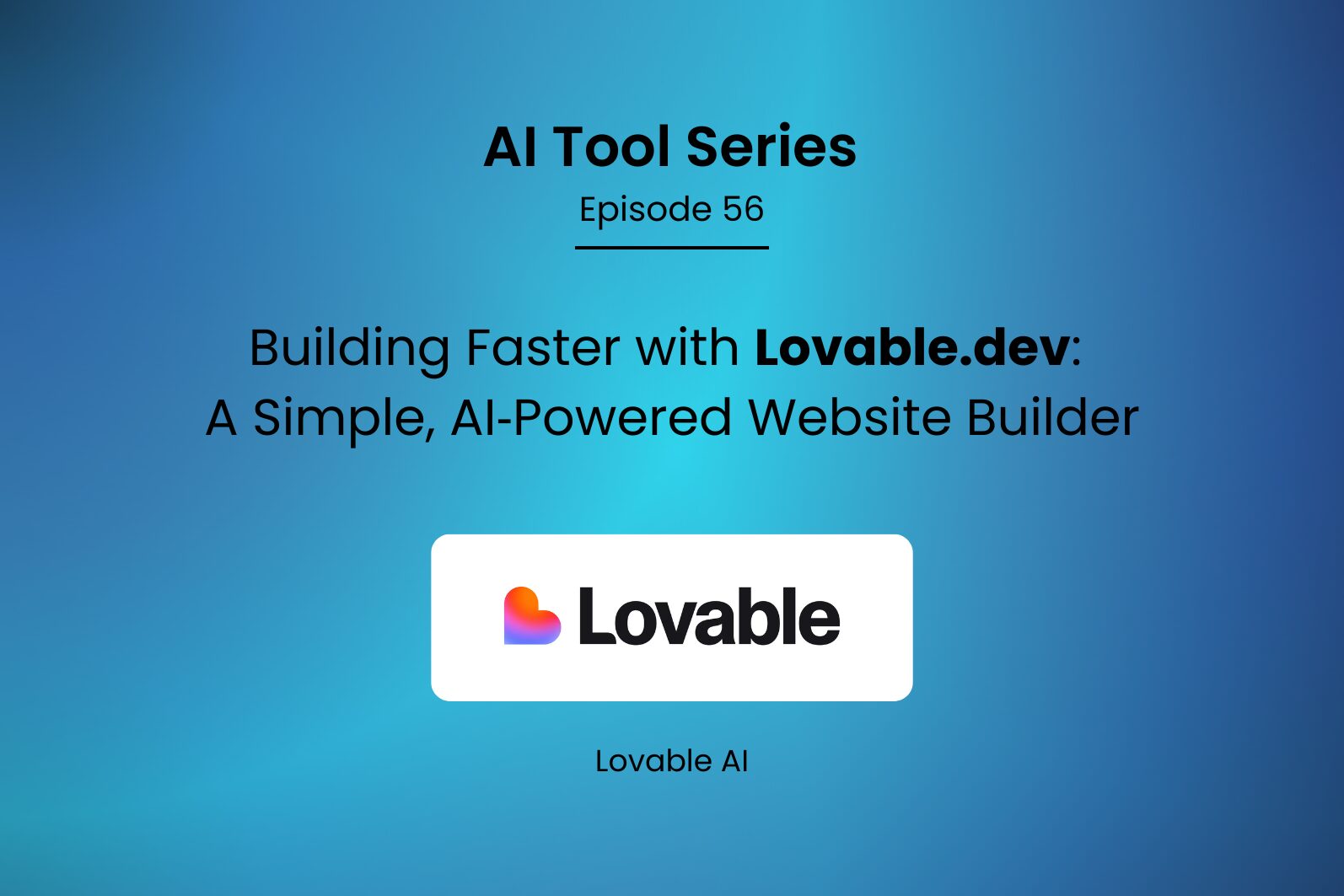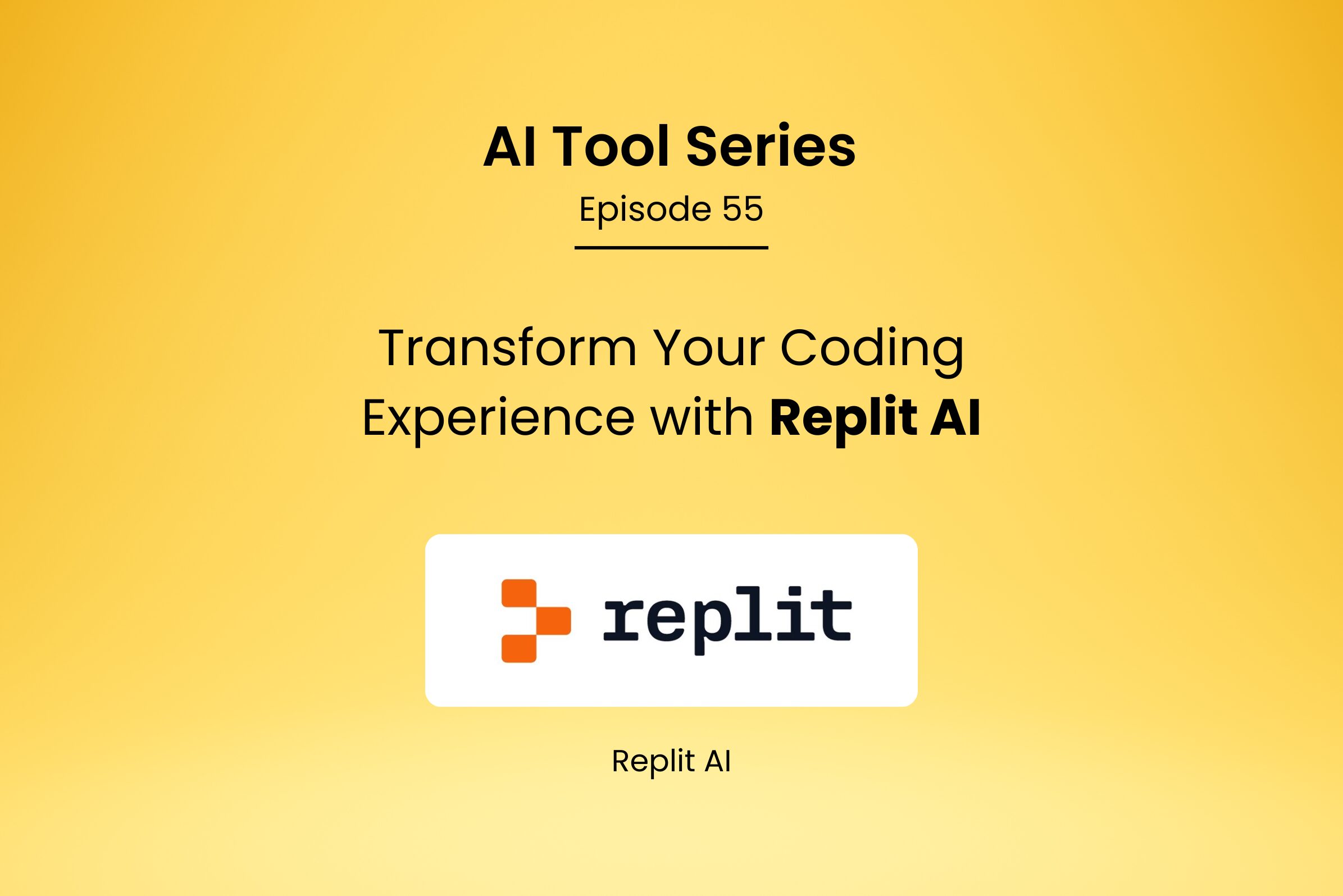Event-Driven Microservices Architecture: Powering Real-Time Applications
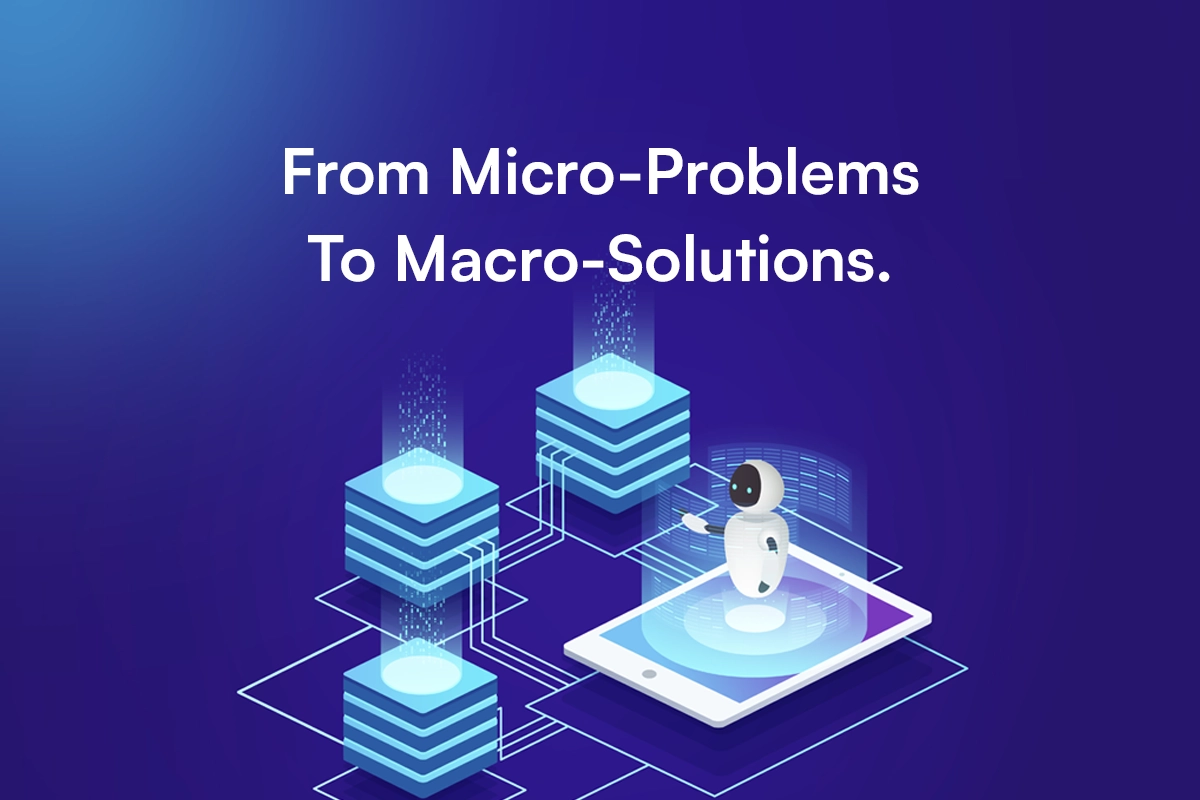
Introduction
Hey, have you ever noticed how you get a notification the moment someone likes your photo? Or how your grocery delivery status updates instantly as it moves through each stage? That’s not magic – it is just the magic of event-driven microservices architecture working in the background.
It’s the backbone of many real-time applications we use every day.
In this article, we’ll break down how this architecture brings real-time responsiveness to the apps we love – and how you can use it too.
1. What are Microservices?
Imagine building a house. Instead of building it as one giant block, you construct it room by room. Each room handles its job: a kitchen for cooking, a bathroom for showering, and a bedroom for sleeping.
That’s what microservices are in software. Each microservice is like a room—a small, independent unit that handles one specific function of a larger application.
For example, in an e-commerce app, one microservice handles user authentication, another one handles inventory, and another deals with payments.
Each of these services:
- Can be built using different languages,
- Can be deployed independently,
- And most importantly, they don’t bring down the whole system if one goes wrong.
Why Event-Driven Architecture?
So, why bring events into the mix?
Let’s say you place an order on an e-commerce app. In a traditional system, your order service would directly call the payment service, then the inventory service, then the shipping service—creating a long chain of dependencies. If any one of them fails or slows down, the whole experience is affected.
With event-driven architecture, instead of services calling each other directly, they communicate using events.
Here’s what happens:
- You place an order
- The Order Service emits an event: OrderPlaced
- The Payment Service, Inventory Service, and Shipping Service are all listening for that event and react accordingly, independently, and asynchronously
This means – Services don’t need to know about each other, Everything happens faster and more reliably, & It’s perfect for real-time systems where speed and flexibility matter.
2. Understanding Event-Driven Architecture (EDA)
Now that we’ve seen why event-driven systems matter, let’s explore what they are and how they function in a practical, real-world way.
1. What is an Event?
An event is a simple notification signaling that something noteworthy has occurred. In code, it looks like this:
2. Who Makes the Events? (Producers)
When something happens—like a customer checking out—the service that notices it acts as the producer, creating and sending out the event (e.g., OrderPlaced).
3. Who Acts on Them? (Consumers)
Other services that are interested in this event become consumers. For instance, once the payment processing service hears “OrderPlaced,” it kicks off the next steps.
4. What Connects Them? (Brokers)
A broker acts like a mail hub—it takes in events from producers and redistributes them to consumers. Popular examples include Kafka, RabbitMQ, and AWS SNS/SQS.
5. Group-Text Analogy
Think of it like a group chat:
- You send a message (producer).
- The chat server (broker) receives and distributes it.
- Friends (consumers) read the message and react—some respond, some ignore, others forward it.
No one needs to message each friend individually—that’s the beauty of EDA.
- Two Styles of Events are there :
- Notification Events
- Just a simple alert: “UserRegistered.”
- Lightweight; other services fetch more details if they need them.
- Event-Carried State Transfer
- Contains extra details, e.g.:
Ideal when services need details right away & no extra API calls needed.
3. Why Use Event-Driven Microservices?
You might be wondering—if microservices can talk directly to each other, why complicate things with events and brokers?
So while direct service-to-service communication works in small setups, it becomes fragile and hard to scale as the system grows. Imagine announcing news by calling every single person individually, versus posting it on your status so everyone gets it at once. One is exhausting, the other is efficient.
That’s exactly the benefit of event-driven microservices. Let’s look into the core reasons this architecture is taking over real-time systems:
Real-Time Data Processing
Think about booking a movie ticket. The moment you select a seat, it should lock across all platforms. In traditional systems, that might take several API calls and refreshes.
In an event-driven system, once the seat is selected, an event like SeatReserved is published, and all connected systems – mobile app, website, backend services are instantly aware, no need to constantly “check” if something changed.
It’s built for real-time data without the heavy lifting of continuous polling.
Loose Coupling & Scalability
Direct communication creates dependency chains—if one service slows down, others wait. In contrast, event-driven systems are like radio broadcasts: one service “sends” a message, and any others that are tuned in can act on it.
This means:
- You can add or remove services without chaos
- The ability to scale specific services based on demand
- Everything is more flexible and fault-tolerant
A Faster, Smoother User Experience
Nobody wants to wait after clicking “Buy Now.” With EDA, tasks like payment, inventory check, and shipping prep can run in parallel instead of one after the other.
The result? A snappier experience for your users—and a more efficient backend.
4. Architecture Components
To build a smooth, real-time system using event-driven microservices, you need a few essential building blocks working together behind the scenes. Here’s what forms the foundation of this architecture:
Message Broker (Kafka, RabbitMQ, etc.)
At the center of an event-driven system is the message broker. It acts like a neutral delivery agent, collecting events from one place and routing them to the right destinations.
Rather than services calling each other directly, the broker allows messages to travel through a shared channel. This helps eliminate tight dependencies between services and keeps communication scalable.
Popular brokers are :
- Apache Kafka – Great for systems handling high data volumes and requiring durability.
- RabbitMQ – Simple to set up and widely used for reliable messaging.
- AWS SNS/SQS – A good fit for serverless or cloud-native architectures.
Event Producers and Consumers – Sending and Reacting
Producer – The service that creates or fires an event.
Consumer – The service that listens for an event and does something with it.
For example, OrderService fires OrderPlaced; InventoryService, PaymentService, and NotificationService respond.
5 . Common EDA Patterns
1. Publish/Subscribe
- One event → many consumers.
Example: You post on Instagram → all followers get notified.
2. Event Sourcing
- Stores every event, not just the current state.
Benefits: Full history, audit trail, replayable.
Example: A Bank account stores all transactions, not just the balance.
3. CQRS
- Commands: Change data (e.g., PlaceOrder)
- Queries: Read data (e.g., GetOrderStatus)
- Benefit: Optimized performance and scalability.
6 . Benefits & Challenges
Pros
- Scalable: Easily handle growing services and data.
- Flexible: Add or update components without breaking others.
- Real-Time Ready: Instant reactions to events = better user experience.
Challenges
- Harder to Debug: Tracing event flows can be tricky sometimes.
- Data Consistency: No single source of truth, which needs careful handling.
- Complex Operations: More moving parts = more coordination.
7. Tools & Technologies
- Message Brokers: Apache Kafka, RabbitMQ, AWS SNS/SQS — the backbone for event flow.
- Frameworks: Spring Cloud Stream, Axon, and others simplify building and wiring event-driven services.
8 . Conclusion
Event-driven architecture isn’t just a tech trend—it’s the engine behind responsive, real-time applications. By decoupling services and reacting to events as they happen, you build systems that are fast, scalable, and future-ready. Embrace the power of events, and your architecture will thank you later.


